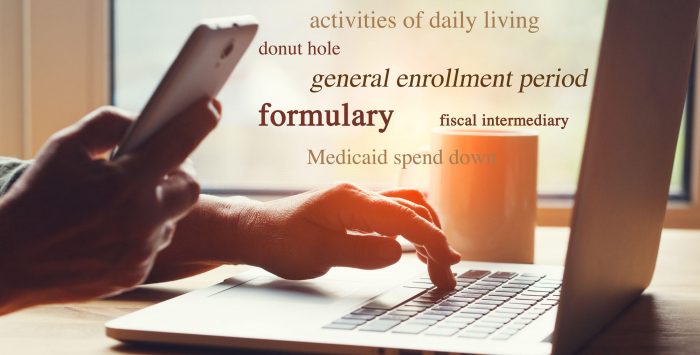What is the Medicaid buy-in for Working People with Disabilities?
Many beneficiaries are eligible for Medicare before age 65 because they have disabilities. Medicaid can be an important source of health and long-term care coverage for these beneficiaries. But if a beneficiary is able to return to work, their income may be too high to qualify for regular Medicaid benefits.
Federal law gives states the option to cover employed people with disabilities through Medicaid Buy-in Programs for Working People with Disabilities, or “Medicaid Buy-In Programs.” As of 2018, 42 states and Washington, D.C. had these programs.
Eligibility rules for Medicaid Buy-In Programs are more generous than for Medicaid for the aged, blind and disabled (ABD). These programs usually have different limits for unearned income (e.g. Social Security Disability Insurance) than for earned income (e.g. from employment or running a business). Some states’ programs don’t have a limit on earned income.
In 2020, Medicaid Buy-In Programs usually allow enrollees to have at least 250 percent of the federal poverty level – or $2,658 a month – in unearned income. Many states have even higher income limits. When these programs have a limit on earned income, slightly less than half of that income is counted.
Most Medicaid Buy-In Programs have higher asset limits than Medicaid ABD. These limits are usually between $10,000 and $20,000 for individuals – but are as high as $29,254 for singles in New Hampshire. Seven states only apply these limits to the individual who needs Medicaid (and the spouse isn’t subject to the limit). Eight other states don’t limit assets.
Medicaid Buy-In Program enrollees in some states pay monthly premiums based on their income. This can make the program more expensive than purchasing insurance through the health insurance marketplace, where moderate-income enrollees can qualify for federal premium subsidies if they don’t have Medicare.
States can require Medicaid Buy-In enrollees to meet the same disability criteria used by the Supplemental Security Income (SSI) program. This means adults must have a medical or psychological condition that has lasted (or is expected to last) at least 12 months or will result in death.
States can also offer Medicaid Buy-In Programs to a “medical improvement group” that allows beneficiaries to qualify even though their disabling medical condition has improved.
Medicaid Buy-In Programs are not available to enrollees once they turn 65, even if they still have a disability.




